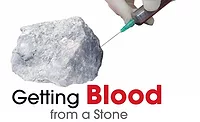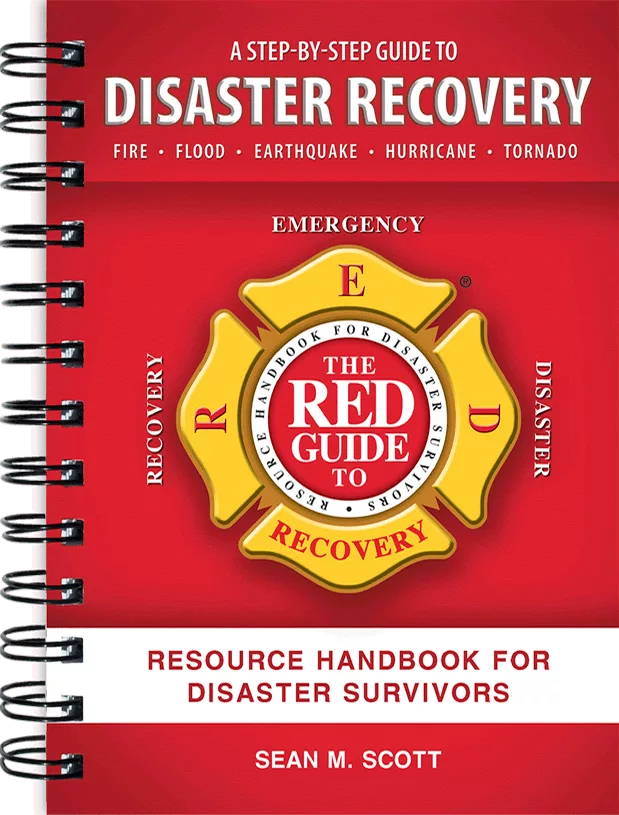4 Steps to Stop Being a Slave to Your Business

Photo credit: mapodile/E+ via and kolae/iStock / Getty Images Plus via Getty Images
One of the greatest pains I see small business owners endure is the cycle of being so busy working in their business that they can’t find the time to do the fundamental things necessary to grow it beyond where it is at that moment. They find themselves stuck in a rapidly expanding rut of the daily grind, writing estimates, dogging receivables or worse yet — performing services in the field. They are literally slaves to their business.
I’m sure there are plenty of behavioral psychologists out there who have a multitude of theories as to why these situations exist. While understanding is important, change through action is impactful. Breaking free of this self-imposed, indentured relationship, however, is not for the faint of heart. Neither is entrepreneurship! Fortunately, there is a pattern to the behavior of successful business owners who have earned their freedom.
1. Know your strengths and stick to them.
Most small business owners are good at something. Some are good with numbers. Some are good with processes and systems. Others have a natural ability to sell. Regardless of where you might fall on the spectrum, the first step in breaking the cycle of being a slave to your business is understanding what you’re good at and sticking to it.
Too often, owner-operators feel compelled to be everything to everyone in their business for far too long. They act as the salesperson, estimator, project manager, technician and bookkeeper. In the start-up phase of a fledgling endeavor, it is important for an entrepreneur to understand these functions and, in some capacity, to execute a select number of the duties associated with each. However, once the business gets on its feet and is solvent, these duties must quickly be transitioned to others.
The key to taking this first critical step is retaining the correct responsibilities. This is where playing to your strengths becomes so important. Far too often, owners will surround themselves with people they trust, rather than those with the skill sets they need. This can lead to massive gaps in functionality, especially for those who don’t understand the value of their skills and abilities. Knowing your strengths helps you to identify the other areas that must be developed in the business. This is the Hedgehog Concept that Jim Collins talks about in his book “Good to Great.” Figure out what you are passionate about, what you can be the best at and what can drive your economic engine. Then stick to it.
2. Outsource functional responsibilities to those who can do them better than you.
Once entrepreneurs start sticking to their strengths, they can begin the most difficult part of the journey in finding others to take on the functional responsibilities they are not the best at. I emphasize this last part, because anyone with enough fortitude to start their own business is usually talented enough to at least be functional in most areas of the business. But this is where folks get into trouble. While they are able to perform the other necessary duties — and may even do them well — it takes them much longer to do than it would others, sucking up precious time that could be spent focusing on doing what they are good at.
Hopefully you noticed the word “outsource” in the directive “Outsource functional responsibilities …” and not “employ.” This was intentional, because outsourcing business activities like bookkeeping, SEO and digital marketing, and human resource management is more cost effective than hiring employees to do them — at least initially. Employees are expensive, challenging to manage and may accelerate the overhead burdens of the organization.
When looking to outsource these functional responsibilities, keep the most-recent Liberty Mutual slogan in mind: “Only pay for what you need.” It can be very easy to be sold on the bells and whistles associated with full-service contractors in these areas. If your time is better spent selling instead of processing payroll, then find a payroll processing service, but don’t get sucked into digital timecard apps, managed benefits or recruiting services. These add-ons may seem attractive, but the costs add up quickly.
3. Delegate routine tasks that don’t require your specific knowledge or skills.
The most valuable operating capital every small business owner has is time. And in my observation, many are lousy at managing it. Time management is all about priorities and decision-making. Every daily activity is a choice. You can go to Mrs. Smith’s house and scope out the job or you can go to the Jones Agency and make a sales call. You can follow up with a mortgage company on the release of funds for a completed job or you can perform a quality inspection on a new water loss project. The point here is that you can’t do it all, but it all needs to be done.
In working with my consulting clients, I refer to this as the “have to” trap. When I pressure them to understand why they are making the choice to do what they are doing, the most common response is, “I have to” or “Who else is going to do it?” I generally respond by restating the latter question: “Who else can do it? The “have to” trap is self-imposed. Entrepreneurs fall victim to the belief that no one can do things better than they can. My advice in this situation is simple: Stop kidding yourself. I’m sure there are plenty of functional individuals out there who can perform the routine duties you are doing every day to the same degree of quality and accuracy as you. Maybe even better.
The key to getting out of the “have to” trap is simple. You must delegate anything and everything that doesn’t require your specific skills and knowledge to do. Focus on what needs to be accomplished and not how it gets done. You may even be pleasantly surprised that others can do it better, faster and more cost effective. Then you’re in business!
4. Invest in labor through training and development.
Train and develop your staff and you will improve the work product, increase employee engagement and fortify retention. Sounds simple, right? This philosophy should go without saying. The point, however, is not the training and development; it is the investment. Despite a small number of business owners who still operate under the misconception that training your employees is a poor decision because they are just going to leave you, most understand that this is a necessary facet of providing quality services in a profitable manner.
The tricky part of this is the financial commitment. Most small business owners still have a hard time wrestling with the idea of committing even 1% to 3% of their annual budget to employee training and development. This is because the return on that investment is hard to measure. We don’t easily see a direct correlation to the top or bottom lines of the business. Instead, it’s found in residual ways like increases in process efficiency or referrals, improved customer satisfaction, or lower turnover costs.
To justify this critical investment, I would implore every business owner to consider the one item that is routinely overlooked: Opportunity cost. How many times does your company need to do work over again because of poor quality? Or spend time doing the work of others because the person responsible has not been trained to perform the function? Or simply take longer than what it should to complete tasks or activities? The kicker here isn’t the additional cost, it’s the opportunities that could be realized from the productive use of the time that’s being spent inefficiently; opportunities that could increase revenue or the profitability of the business.
Break the Chains
Author Michael Gerber, in his “E-Myth” books, puts forth the proposition that your business is not your life. Rather, your business should be supporting your life. To accomplish this, he says entrepreneurs should start working on their businesses instead of in them. Granted, this is easier said than done when faced with the decision of whether to take time to recruit new employees or to follow up on collection calls so you can make payroll on Friday.
The only way to break the chains of being a slave to your business is to prioritize the things necessary to build an independent organization. This could mean sacrificing certain short-term endeavors in favor of longer-term gains. There may be uncomfortable periods or even painful events. After all, the cost of freedom is not cheap. But the results are worth it, because once the business gains momentum through autonomy, it will move faster in a direction you want it to go.Looking for a reprint of this article?
From high-res PDFs to custom plaques, order your copy today!









